Women's print media

"Of the making of new magazines there is no end, but we make no apology for our appearance." The Woman Worker, vol 1 no 1 September 1907
Find out more about print media mainly produced by women for women readers.
Introduction
Women’s journals, magazines and newsletters document women’s lives through the ages. The collection includes our earliest titles from the 18th century whose content modelled that found in men’s magazines. Many titles disseminated women’s political ideas as well as illustrating the development of the publishing industry for women’s popular magazines from the 19th century onwards. We also hold journals relating to campaigning and feminist groups in addition to those of professional and voluntary organisations.
Here are some examples based on themes from the collection.
Home
The Englishwoman's Domestic Magazine was published by Samuel Beeton from 1852 to 1879 with a supplement written by his wife, Mrs Beeton, between 1859 and 1861. The magazine published articles on middle-class domestic issues, fashion and fiction.
Many new titles appeared in the 1920s such as Modern Woman and Woman and Home.
The Housewife encouraged readers to think of themselves, their status and social participation in different ways following the Second World War. It was subsumed into Ideal Home in 1967.
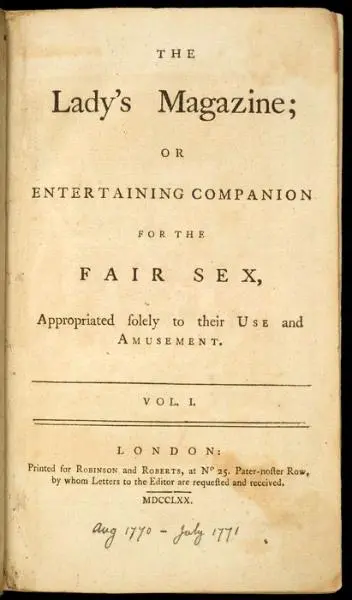
Fashion
The Lady's Magazine; or Entertaining Companion for the Fair Sex, Appropriated Solely to Their Use and Amusement, was published monthly from 1770 until 1847. Along with news and reviews, it was the first to include fashion features.
La Belle Assemblée or Bell’s Court and Fashionable Magazine was founded by John Bell in 1806. A fashion section was edited by Mrs Mary Ann Bell (probably a relation of John Bell), a leading dressmaker with several successful shops, who introduced plates advertising her own costumes.
The Dress Review was produced by the Health and Artistic Dress Union from 1903.
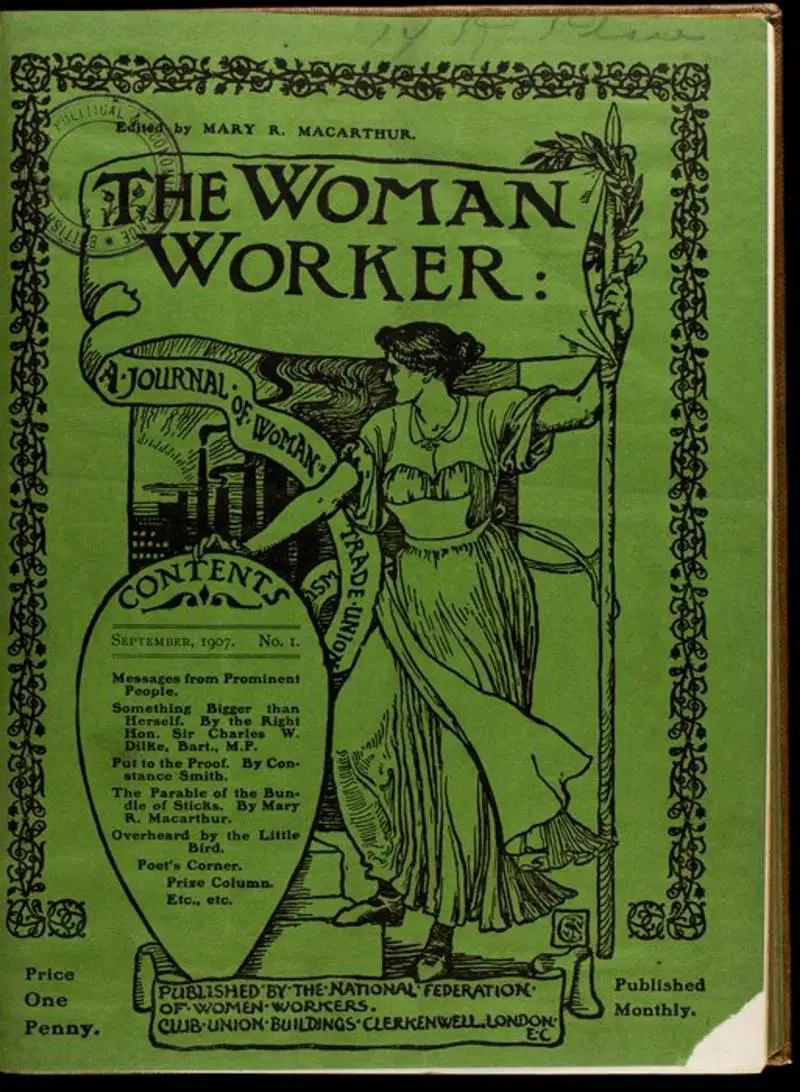
Work
The Woman Worker, the organ of the National Federation of Women Workers, was founded in September 1907. It provides insight into female trade union activity.
Labour Woman was founded in 1911 and ran until 1971. During the 1920s, it was edited by chief woman officer of the Labour Party, Marion Phillips.
The Land Girl begun as an unofficial publication of the Women’s Land Army in April 1940 but proved so popular that Ministry of Agriculture covered its production.
Women at Work was the publication of the British Federation of Business and Professional Women, also begun in 1940.
Campaigning
Suffrage campaigners created their own publications to cover campaigning news and other contemporary feminist issues such as married women’s property rights. We have digitised lots of these titles, eg. Women’s Suffrage Journal, The Women’s Franchise, Votes for Women, The Suffragette, The Common Cause, The Vote, and Woman’s Dreadnought. Explore The Women's Library Journals Collection to access these titles and more.
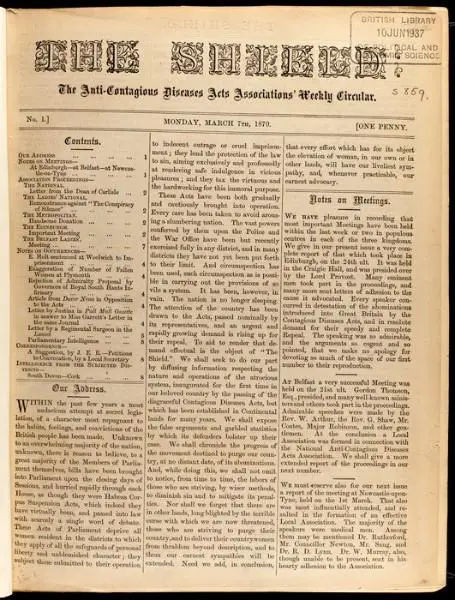
The Shield and The Vigilance Record record campaigns around prostitution and traffic in women and children.
The Fawcett Society is the UK’s leading gender equality campaigning group and has produced many different newsletters over the years. Women’s Report was the one it produced in the 1970s.
International
Jus Suffragii (later International Woman Suffrage News) was the journal of the International Woman Suffrage Alliance from 1907.
Pax International, organ of Women’s International League for Peace and Freedom, started in 1925, ten years after the foundation of the League.
The British Commonwealth League was founded in 1925 to link women’s organisations throughout the commonwealth. Read the British Commonwealth League's reports for the 1930s. It was renamed the Commonwealth Countries League and produced a Newsletter.
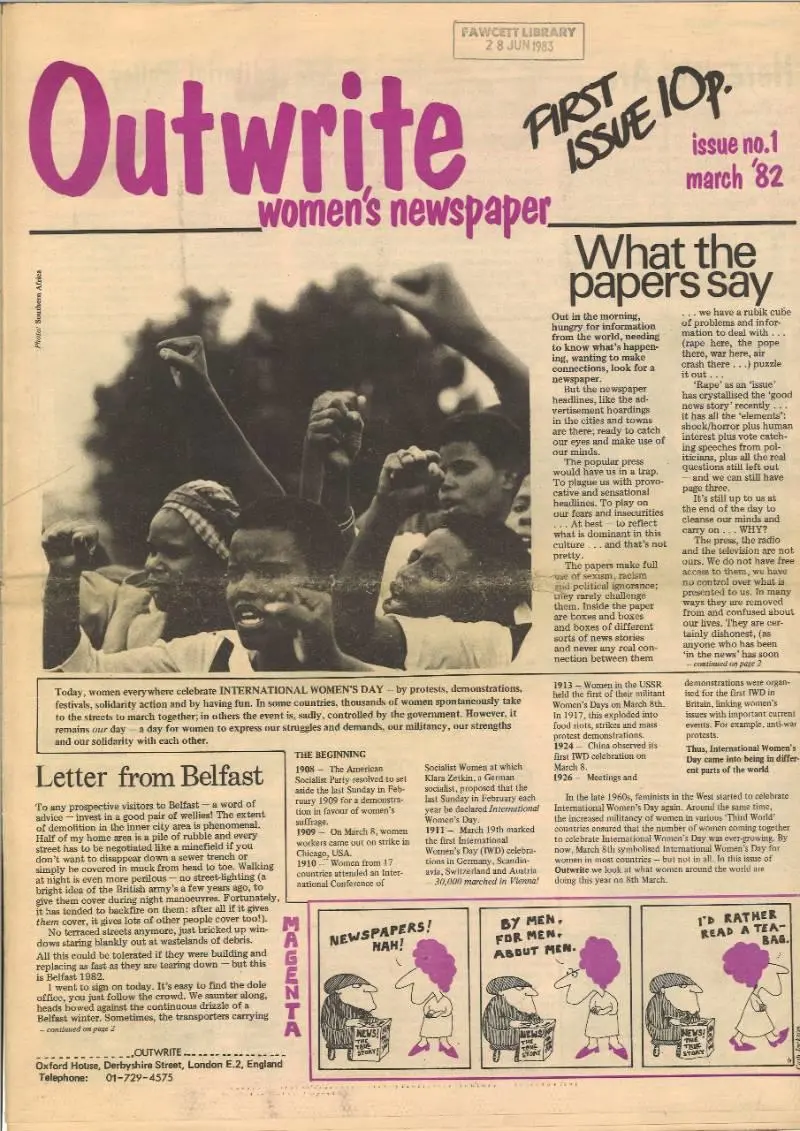
Outwrite published its first issue on 8 March 1982. It was dedicated to covering social justice campaigns from an internationalist perspective.
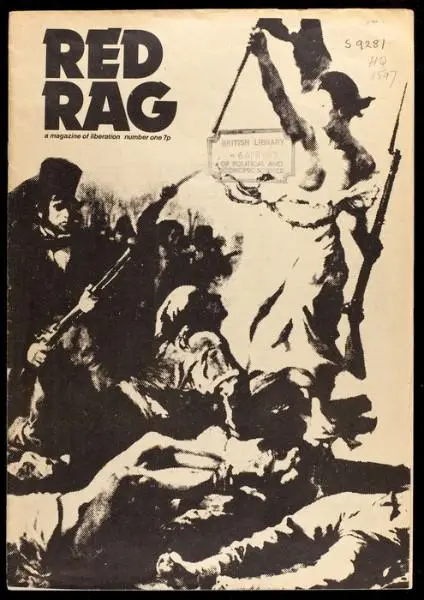
Women’s Liberation Movement
We hold many newsletters of grass-roots groups who were involved in the Women’s Liberation Movement eg. Birmingham Women’s Liberation News. We also hold many magazines of the time such as Spare Rib, Red Rag, Shrew, Women’s Voice and The Scarlet Women.
Magazines for Black and Asian women
Aimed at South Asian women (primarily in London), Mukti combined practical help on the legal status of immigrant women with being a forum for readers to share their experiences.
Pride, launched in 1990, was the UK’s first monthly magazine for black women.
Asian Woman and Asiana were two glossy South Asian magazines in the UK.
She: Journal For the Home launched in 1963 to provide a platform for women’s voices and a place for women journalists to work in Pakistan.
Religious activism
Major denominational women’s groups had their roots in the suffrage movement. After 1918, journals such as the Church Militant and The Catholic Citizen (formally The Catholic Suffragist) show how denominational feminists challenged religious institutions around social and political reform.
The Movement for the Ordination of Women campaigned from 1979 to 1994 for women to become priests in the Church of England. It produced a magazine from 1986 called Chrysalis and its first editor was Monica Furlong.
Professional women’s magazines
Woman Teacher was the official organ of the National Union of Women Teachers starting with its first publication in October 1919. It encouraged its readers to engage with professional issues such as equal pay and dismissal on marriage but also to consider issues beyond the remit of the paper such as pacifism and anti-fascism.
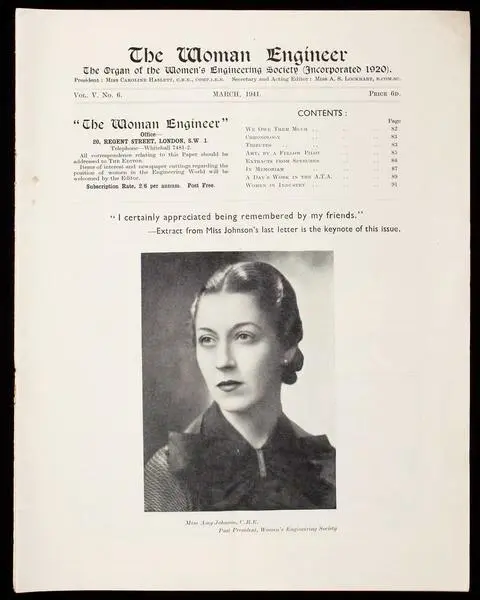
Woman Engineer is the journal of the Women’s Engineering Society since 1919.
Opportunity was the journal of the Federation of Women Civil Servants and was launched in 1921.
Women’s voluntary organisations
The magazines of women’s voluntary organisations were keen to promote active citizenship. They encouraged members to become more knowledgeable about national and international events and to support campaigns that would improve the social and political status of women.
The Mothers’ Union produced Mothers’ Union Journal from 1888 and Mothers’ in Council from 1891.
The Women’s Institute produced Home and Country from 1919.
The National Union of Townswomen’s Guild published Townswoman from 1933.
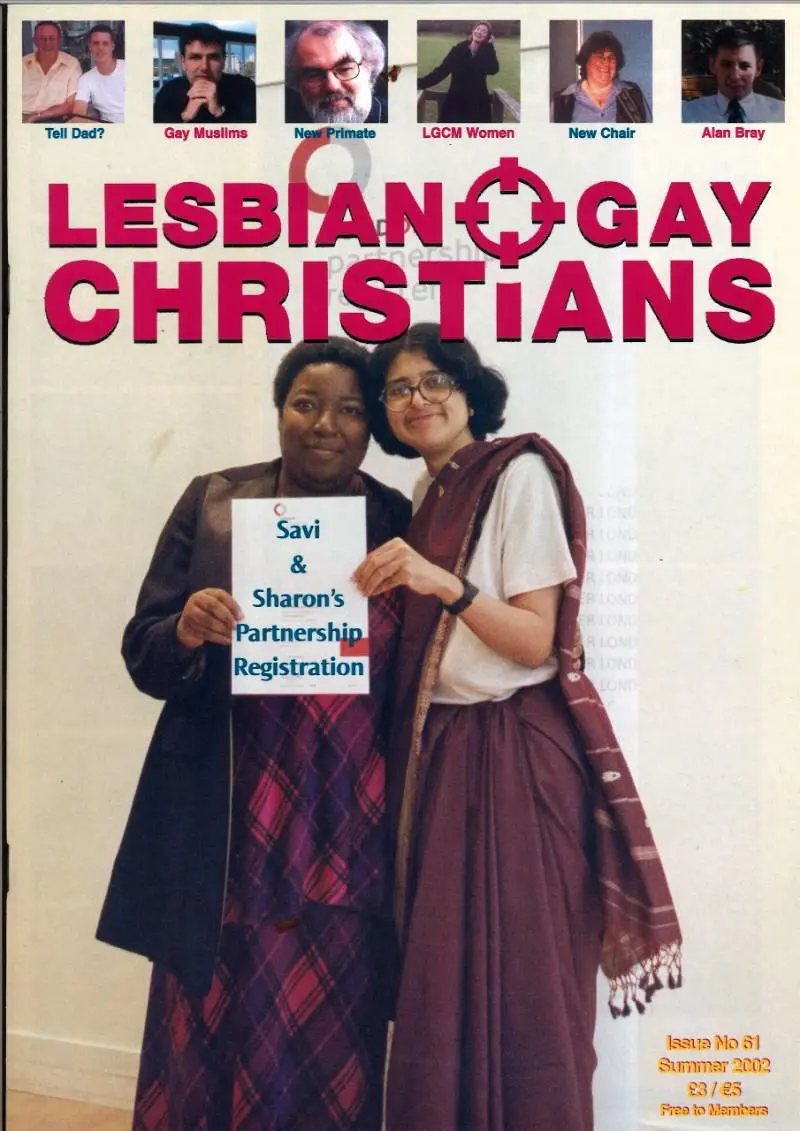
Lesbian magazines
‘Sex is an accident’ was the simple message of Urania, a privately-published journal from 1916 until 1940.
Arena Three was Britain’s first lesbian newsletter. It started in January 1964 by Esme Langley, sending it to subscribers who had the approval of their husbands. It was reinvented by Sappho in 1972. Artemis aimed to fill the gap left after the demise of Sappho magazine.
Lesbian London was more akin to the older style newsletters and produced with no advertising revenue.
DIVA was first published in 1994 and is still on the newsstands today.
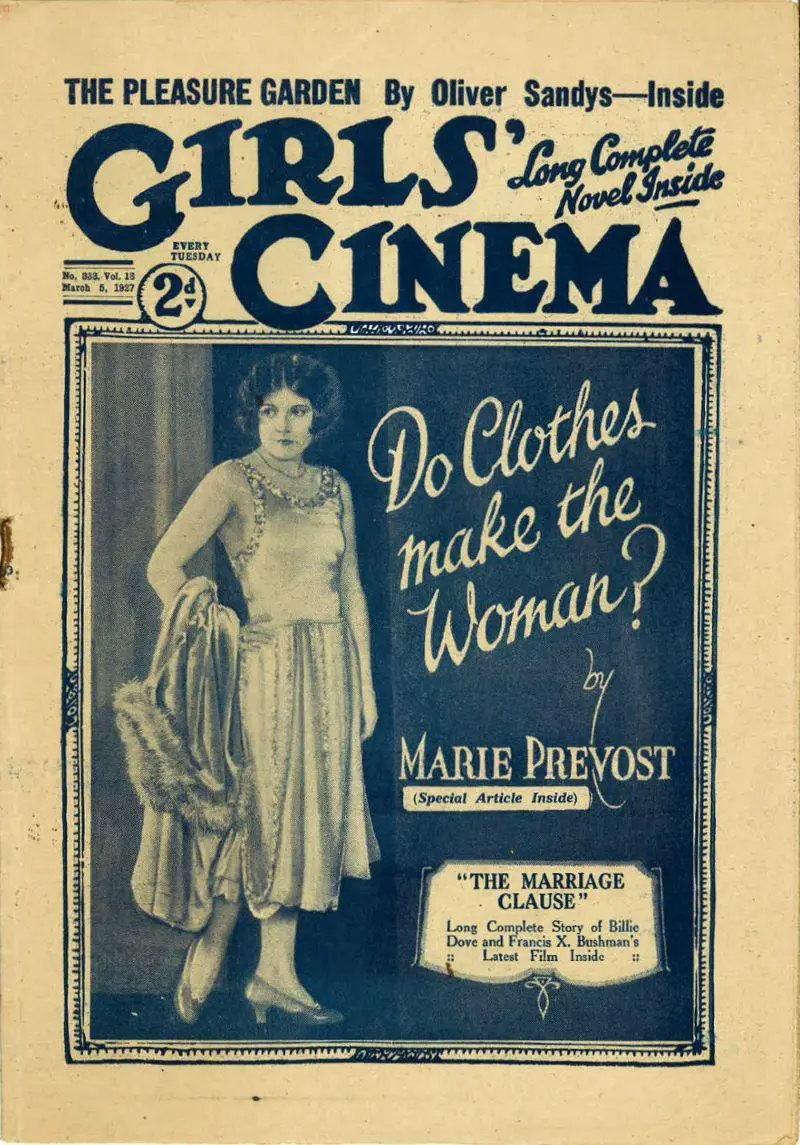
Teenage
Girls’ Own Paper offered advice to girls and young women from 1880.
Girls’ Cinema declared itself the ‘No 1 of the New Paper for Girls!’ in its first issue in October 1920. It was targeted at young, working-class readership.
Honey explored independent lifestyles for young women from 1960.
Shocking Pink was a feminist teen fanzine launched in 1982.
‘Everything a girl could ask for’ was the strapline for Just Seventeen. Its first issue was in October 1983 and it became phenomenally popular with British girls.
Find out more
The Women’s Library holds hundreds of titles but not always complete runs of them.
View a spreadsheet listing out the the titles catalogued on LibrarySearch from The Women's Library.
These books provide overviews of women’s periodicals:
David Doughan and Denise Sanchez, Feminist Periodicals 1855-1984 (Brighton, 1987);
Cynthia White, Women’s Magazines 1693-1968 (London, 1970).
Contact us
If you need specific help with any of the collections mentioned here get in touch with our Curator for Equality, Rights and Citizenship, Gillian Murphy.